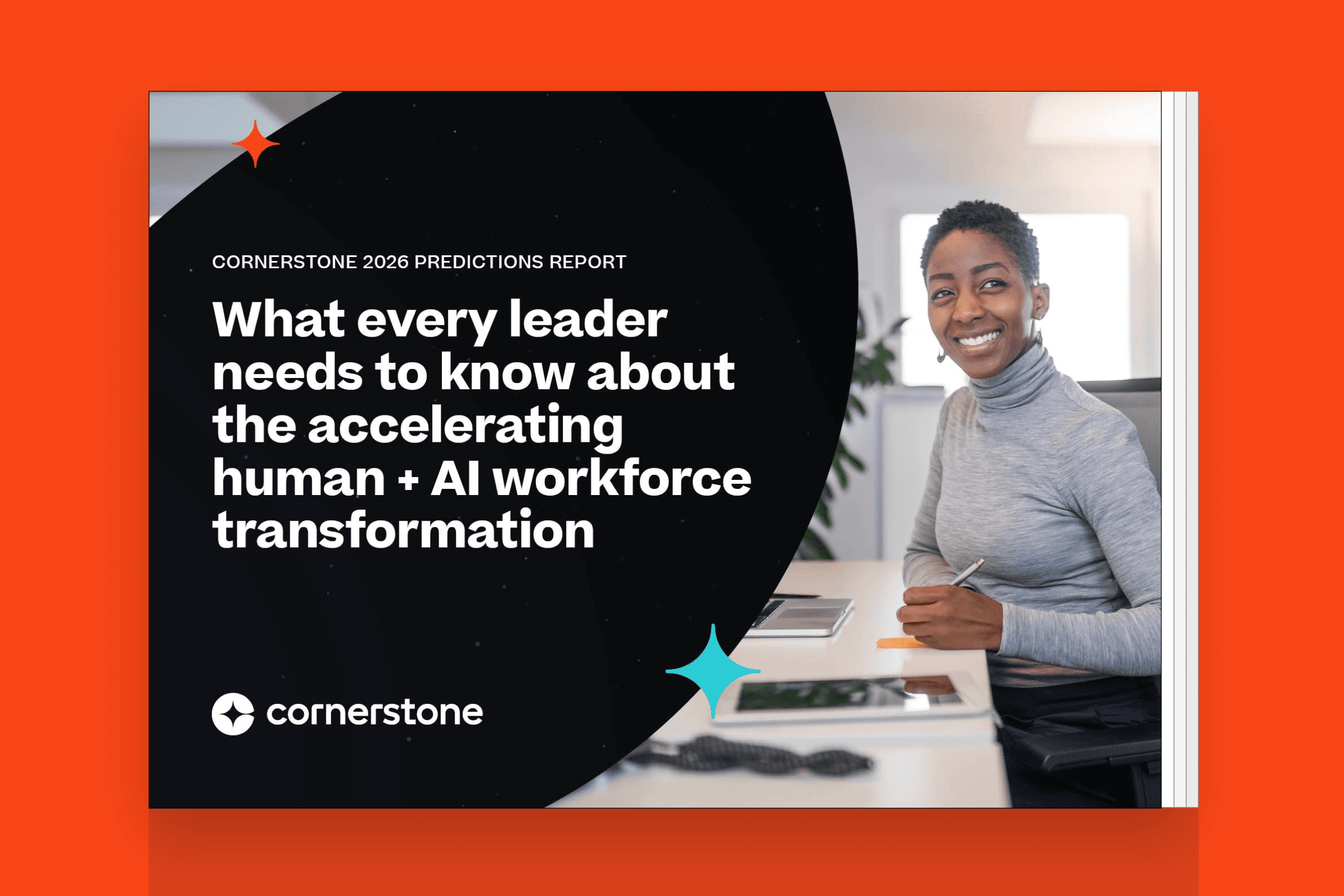In HR, we talk about workplace transformation pretty regularly. But what does it actually mean? In this mini-series, we’ll give you some tips and tricks to help you understand each type of transformation — and how you can foster it across your organization.
As an HR professional, you’ve undoubtedly heard that HR transformation is vital to your organization’s success. Why? With a tight labor market, more organizations understand their enterprises can’t succeed without a robust and thoughtful approach to hiring and managing talent operations. HR departments have also increased their use of technology to automate processes ranging from promotions to hiring, freeing up staff to spend their time and energy tackling more pressing issues at their organization.

But what is HR transformation really about? And how does it work? If you find the concept of HR transformation to be pretty nebulous, you’re in good company. Definitions vary based on several different factors, such as an organization’s size or technological literacy, for example. But, in general, the term refers to a transformation in the role that HR plays in a company’s success, going beyond functional tasks (administering payroll, providing benefits, etc.) to focusing on more strategic initiatives, like increasing employee diversity or expanding the company’s presence by hiring more remote workers around the world.
At its core, HR transformation is all about creating a talent strategy that fits with and supports business needs. Consider a company planning to launch a new product. No matter how well-designed or technologically advanced that product is, it won’t succeed in the marketplace unless the enterprise has the right people in the right positions to make it happen.
"You can have the greatest idea in the world. But if you lack the people to manufacture, design and sell it, you won’t get anywhere," says Joe Kotch, vice president of talent solutions at recruiting firm WilsonHCG. Market success, then, depends on thoughtful strategies for pinpointing the required skills and then attracting, retaining and engaging the necessary talent.
Key Steps HR Can Take Toward Transformation
For the best results, HR needs to start by working with top-level executives on everything from product development to marketing to learn about business planning for the next three to five years, according to Kotch. "A company may not know exactly what employees it needs over the next few years, but it typically knows what product or service it’s going to sell during that time frame," he says.
Equipped with this information, HR is ready to take the next step: conducting a skills inventory to see if the organization has the people and the technology to support the business strategy or whether there are current employees who can be trained to take on these necessary jobs. If not, the company’s recruiting team must make plans to hire external candidates with the skills they’re looking for.
This type of transformation process, however, can’t happen in a vacuum. In other words, HR needs to work closely with other functions within the organization. For example, if a skills analysis reveals that the company needs to step up recruitment, HR will have to confer with finance to make sure it has the resources to hire more skilled recruiters—and to determine just how many employees the company is willing to bring on board.
Finding the Right Technology to Support HR Transformation
Smart use of technology is also a vital part of HR transformation. Take data analysis. Understanding such matters as why turnover is high in a particular division or other questions with direct implications for business strategy requires having systems that can gather and analyze the right data. That’s why, according to a recent study of HR managers by KPMG, one of the top areas for planned investment is HR data and analytics. And among HR leaders who have invested in artificial intelligence to date, the vast majority— 88% — call the investment worthwhile, with the focus primarily on learning (35%) and analytics (33%), according to the study.
The bottom line? To succeed, HR transformation requires an understanding of the strategic needs of the rest of the organization and a willingness to work in a cross-functional capacity. It’s not easy. But the results will enable HR to play a more active role in the company and its success.
Get in touch with one of our experts to explore how we can tailor our solutions to your organization's needs.


